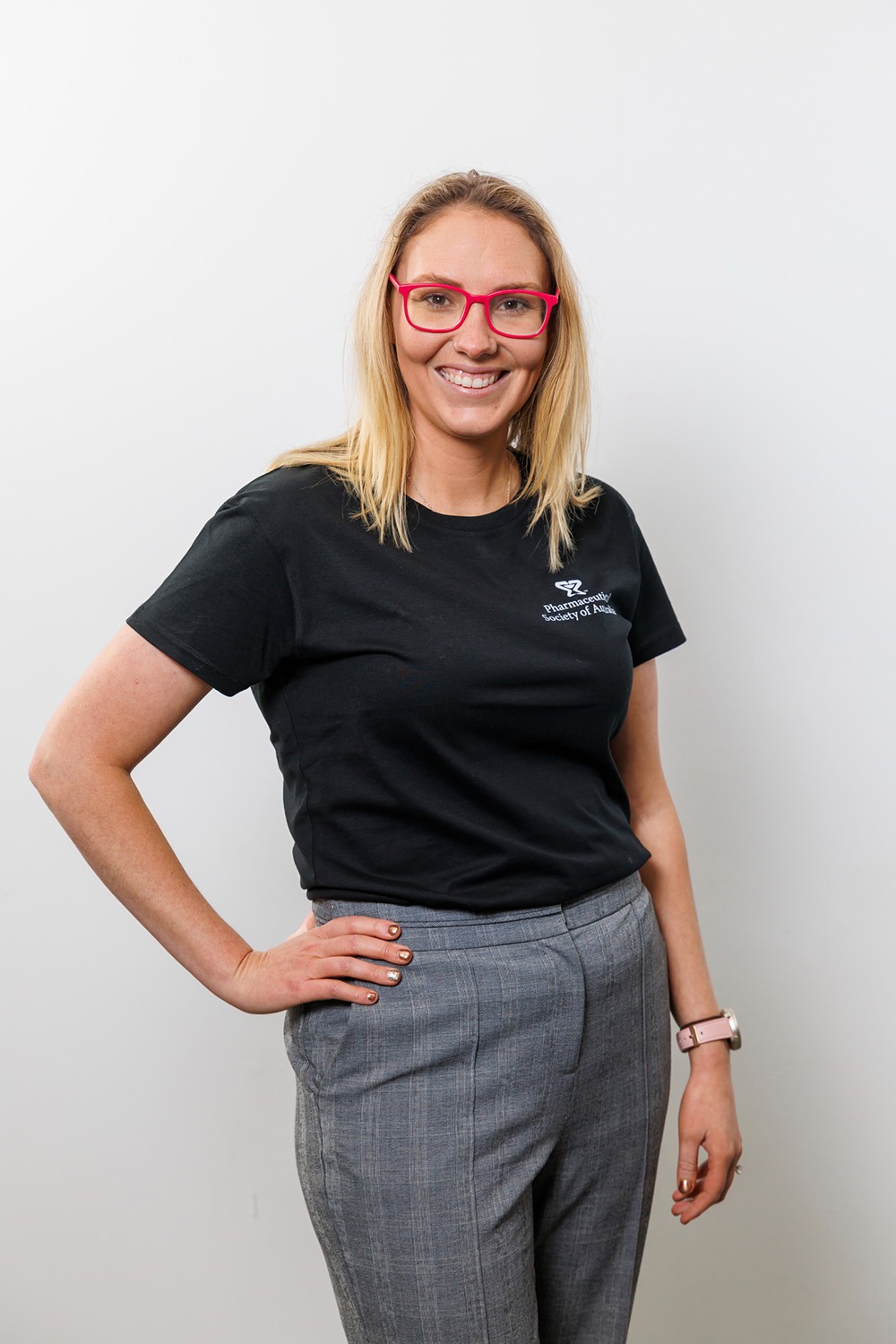Half the country has funded the roll out of the intranasal influenza vaccine in 2026.
With a new formulation of the most-administered vaccine by pharmacists on the horizon, pharmacists need to update their vaccination knowledge.
Why introduce an intranasal vaccine?
Needlephobia is a significant deterrent to childhood vaccination. The Royal Children’s Hospital (RCH) Melbourne’s Child Health Poll found that one in four children aged 4 years or more (27%) has an intense fear of needles, often preventing them from being vaccinated.
The intranasal vaccine, FluMist, also has a higher vaccine coverage rate than traditional injectable flu vaccines, said community pharmacist and PSA’s Vaccination Ambassador Anna Theophilos MPS.
‘Data indicates that [it provides] all-year coverage, as opposed to weaning off after a few months,’ Ms Theophilos said.
Who is the vaccine indicated for?
The intranasal influenza vaccine has been approved by the Therapeutic Goods Administration for children and adolescents between 2–18 years of age.
‘However, it is assumed [the manufacturer] will keep petitioning for greater expansion of the vaccine,’ Ms Theophilos said.
Which jurisdictions have approved it?
At this stage, three states have provided funding to cover the costs of the vaccine for children aged 2 to under 5 from 2026, including:
- Queensland
- New South Wales
- South Australia.
Western Australia will also offer the vaccine for free to a wider age range, covering those aged 2 to under 12.
However, this will more than likely widen, Ms Theophilos thinks.
‘It’s been really promising to see how quickly individual states have recognised the value of this product,’ she said.
‘We have full confidence that all states [and territories] will jump on board, because given the extensive impact the vaccine has had on this cohort overseas, it seems common sense that we would follow suit in all areas.’
How effective has the vaccine proven to be internationally?
Since rolling out in countries such as the United Kingdom and Finland, the intranasal flu vaccine has had a significant impact on influenza vaccination rates,
‘Countries that have similar vaccination programs [to Australia] have doubled the uptake of the [influenza] vaccine in this age group,’ she said.
Australia is significantly behind the curve with the introduction of FluMist, with the intranasal vaccine becoming available in the UK in 2013.
However, at this stage of the game, we can be well assured that it works, Ms Theophilos said.
‘The good part of waiting for the product is the fact that we’ve got extensive data to support [it’s efficacy], and we know what to expect.
How much will a private vaccine cost?
While not yet confirmed, it’s estimated that a private FluMist vaccine will cost between $70–80, including the administration fee, Ms Theophilos said.
At potentially four times the cost of most intramuscular flu vaccines, this price point could be prohibitive for some patients. Pharmacists should be offering all options to allow patients to make an informed choice about the relative benefits of each vaccine – including dose form and cost.
Will it be tri- or quadrivalent?
The manufacturer, AstraZeneca, has applied for approval with the TGA for FluMist as a trivalent vaccine, Ms Theophilos said.
‘In line with both the World Health Organisation and ATAGI recommendations, it is anticipated that the 2026 formulation will be trivalent, as one strain (B/Yamagata) is no longer circulating since the COVID- lockdowns.’
Will the vaccine be parent or pharmacist administered?
In Australia, the intranasal flu vaccine will need to be administered by a health professional, Ms Theophilos said.
‘The device is really user friendly and the dose is just two sprays,’ she said.
Where can pharmacists access more information?
PSA is hosting a national webinar tomorrow night (14 October 2025) on the intranasal vaccine, open to all pharmacists, pharmacist interns and pharmacy students.
Attending pharmacists will be upskilled on the vaccine’s mechanism of action and pharmacology, while exploring the extensive international evidence base and anticipated vaccine formulation change.
‘Pharmacists will be ready to go with the latest recommendations on how to execute this [vaccination service] next year, not only in their own pharmacy, but in the community,’ Ms Theophilos said.
‘The RCH poll found that 84% of the parents would prefer their kids to be vaccinated at school. As pharmacists, it’s our job to really embrace this lane, own it, and offer both a needle and intranasal option.’
Don’t miss the PSA webinar Beyond the needle – the role of intranasal influenza vaccination, held from 7.00-8.30pm AEDT on 14 October 2025.





 Dr Phoebe Holdenson Kimura[/caption]
Dr Phoebe Holdenson Kimura[/caption]
 High-quality medicines reconciliation should ideally occur in the emergency department or soon after admission to the ward.
High-quality medicines reconciliation should ideally occur in the emergency department or soon after admission to the ward.
 AP
AP





